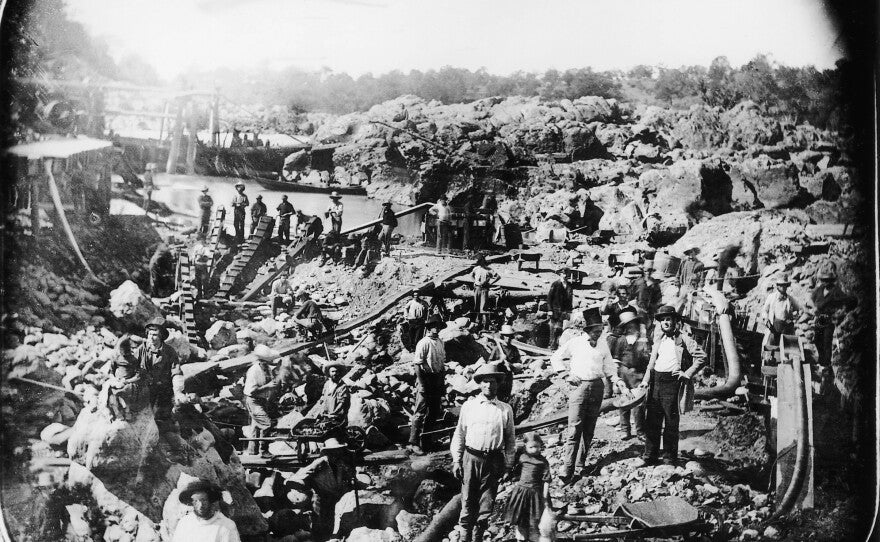
Gold Mining History Riverside California
Share
Gold mining in Riverside, California has a rich history that dates back to the early 1800s, when Spanish missionaries first explored the area. These early explorers discovered gold in the region, but it was not until the 1850s, during the California Gold Rush, that gold mining in Riverside really took off.
During the Gold Rush, thousands of prospectors flooded into the region in search of gold, and many of them were successful in finding it. The rivers and streams of Riverside, such as the San Gorgonio and Santa Ana rivers, were heavily prospected for gold, and many mines were established in the area.
One of the most successful gold mines in Riverside was the San Gorgonio Mine, which was located near the town of Beaumont. This mine was one of the largest and most productive gold mines in the region, producing over $10 million worth of gold during its lifetime.

As the Gold Rush ended and the easy gold in the rivers and streams was depleted, gold mining in Riverside began to decline. However, the industry was given a boost in the early 1900s with the advent of new technologies, such as open-pit mining and heap leaching, which made it possible to extract gold from the surrounding rock.
Today, gold mining in Riverside is not as widespread as it once was. However, the area is still home to many active mines and prospecting sites. Many of these mines are owned and operated by large mining companies, and they provide jobs and economic benefits to the local community.
In addition to its economic importance, gold mining in Riverside has also played a significant role in the region's history. The discovery of gold in the area was a major event that sparked the California Gold Rush, and it helped to shape the history and development of Riverside and the surrounding region.
Overall, gold mining has been an important part of Riverside's history and economy, and it continues to be an important industry in the region today.
